
Dublin: The Home of Valentine
Written by Ciaran Vipond on Feb 12, 2024 | 0 Comments
We’re going to bet that unless you’re very “up” on your Dublin history, this story might come as a bit of a surprise to you! But yes, Dublin is the home of St. Valentine, or at least it is the final resting place of his remains.
Read on to find out how the sacred remains of the patron saint of love found their way to Ireland and be let in on the secret that even many Dubliners don't know!
St. Valentine in Dublin
Hard to believe but true. The saint's remains and a vial tinged with his blood make up the somewhat grisly prized relics of Whitefriar St. Church or Our Lady of Mount Carmel. This is the secret waiting for anyone who ventures beyond the imposing facade of the church on one of Dublin's busiest streets.

The shrine, made with beautiful polished pillars of Connemara Marble, is watched over by a statue of the saint himself, with the remains in an ornate box, bearing a golden plaques with the following inscription:
"This shrine contains the sacred body of Saint Valentinus the Martyr, together with a small vessel tinged with his blood.”

Thousands walk, bike, or drive past it daily. But we're willing to bet most are oblivious to the famous historical figure attached to the building. When people think of saints and Ireland, Patrick is the one that typically springs to mind, or perhaps Brigid. But Valentine is at home here in Ireland too! But just how did this roman saint come to rest here?
Who was Saint Valentine?
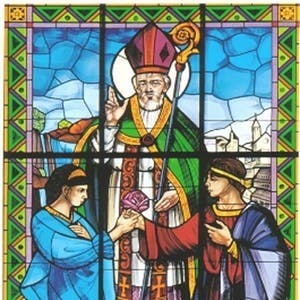
A stained-glass window at the Basilica of St. Valentine in Terni, Italy depicting the saint marrying a young couple.
As in many things, it's probably best to start at the beginning - with just who was St. Valentine? This is a trickier question than you might think with many records from the period lost, and later records perhaps being a little unreliable!
He is famous today as the patron saint of love. But before that, Valentine was an 3rd century Roman priest who reportedly presided over the clandestine marriages of christian couples. These ceremonies were held in secret, as they were against the wishes of the emperor. Emperor Claudius II had banned marriage for young men to aid with conscription into his military at a time of upheaval and invasion for Rome. He was of the belief that bachelors made better soldiers!
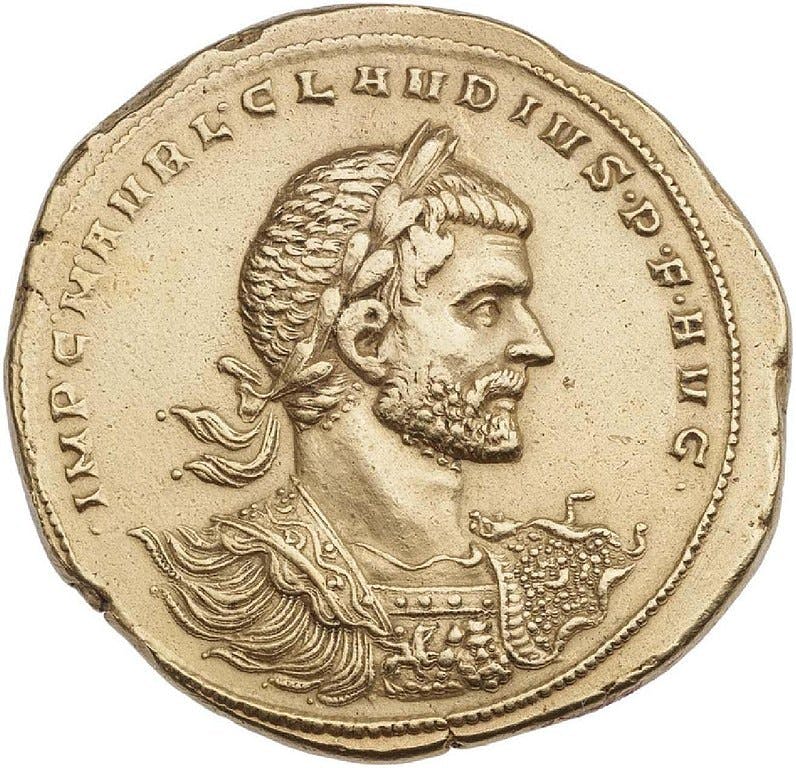
A roman medallion with the bust of Claudius II (Gothicus)
Photo Credit: Public Domain
By one account, Valentine would "remind these men of their vows and God’s love, " by cutting "hearts from parchment" and giving them to newlywed Christian couples. Some say this sparked the use of hearts, and love notes on St. Valentine's Day.
We are not sure how much store to put in that, but either way, it seems Valentine lost his head and was martyred for his dedication to his faith and love, or so the story goes.
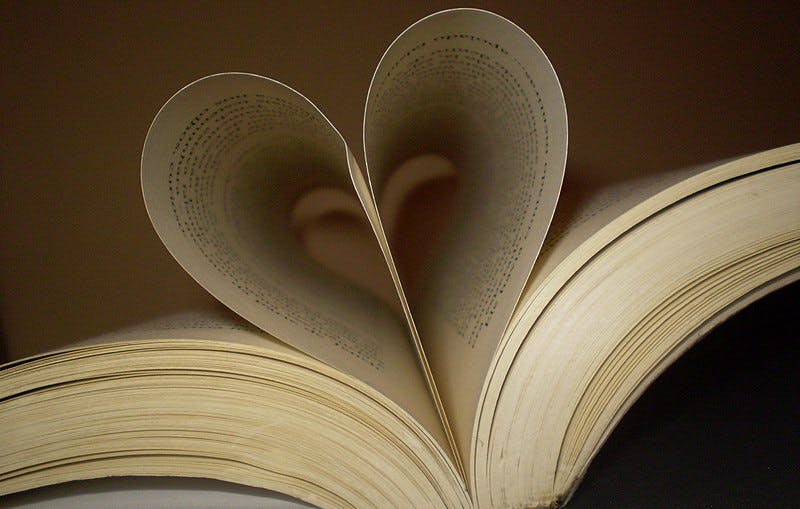
Photo Credit: Diogo Rodrigues Gonçalves (CC BY-NC 2.0)
How the heart of St. Valentine came to Dublin
A renowned Irish Carmelite priest, and founder of Whitefriar St. Church in 1826, Father John Spratt was invited to deliver sermons in Gesu, Italy. Impressed by his efforts and his oratory, Pope Gregory XVI gifted him several tokens of thanks, including some of the remains of St. Valentine - specifically his heart and a vial of blood!
St. Valentine was buried in the cemetery of St Hippolitus, but on the Popes orders, his remains were disinterred. They arrived in Dublin on 10 November 1836. On their arrival the returning Father Spratt's bestowed these gifts to the order at Whitefriar St. Church, and they were placed under the altar there.
Such relics hold sacred value for the faithful. And while the sacred remains might seem like a difficult thing to misplace, this relic was lost and was only rediscovered in the 1940s! The remains now sit in a place of prominence, securely locked in a ornate box in the Church for those curious to visit.
And to this day every February 14th, a special mass is held in the saints honour. Many romantic couples visit the church to receive a special “blessing of the rings."
Others who are searching for true love, write messages or requests for blessings from the saint and leave them at the shrine. We are told there has even been the occasional proposal at the shrine!

Perhaps an unlikely romantic spot when compared to the beautiful landscapes that abound in Ireland. But a romantic spot nonetheless!
How did St. Valentine's Day start?
The more cynical among us may say Valentines started with a certain card company! But it is actually a rather old tradition that finds its roots with the feast day established by the Pope Gelasius to honor St. Valentine in 496 AD. But it was several hundred years still for St. Valentine's day to shift from being a religious feast day, to one strongly associated with romantic love.
Geoffrey Chaucer gives us the first written record of a romantic holiday in his 1375 poem “Parliment of Foules”:
“For this was sent on Seynt Valentyne’s day
Whan every foul cometh ther to choose his mate”
In the 18th century, our North American friends popularized the giving of gifts, chocolates, and notes on Valentine’s Day. It took Ireland almost a hundred more years to adopt this practice.
St Valentine's Day in Ireland
There are wonderful entries in the National Folklore Collection (NFC) recording how Valentine's Day was viewed in Ireland until relatively recently.
This entry from a young schoolboy in Rathdowney, Co. Laois in 1937 or 38 is a wonderful example:
“St Valentines day falls on the 14th February every year. One of the customs is, that people send Valentines to their friends all over the world Valentines are long pieces of paper, with all sorts of rhymes and verses on them”
Valentine's Day Today
Valentine's Day is a global holiday, with the tradition of marking the day with cards, gifts, and gestures of love here in Ireland and worldwide.
Valentine's Gifts from Ireland
If a trip to the shrine of St. Valentine is not on the cards for you this year, perhaps you might like to mark the day with an Irish Valentine's gift instead? With our range of beautifully crafted Celtic jewelry there is something to warm the heart of even the hardest-to-please Valentine. Check out our gift guides for her and for him for inspiration
Celtic Jewelry for Your Valentine
Mo Anam Cara
Mo Anam Cara is gaelic for “My Soulmate” and is a beautiful choice for a gift to mark a deep friendship or the forging of a strong and lasting romantic bond. Perfect for promise rings, weddings, or anniversaries.
Trinity Knot
An unbroken loop, the Trinity Knot is a testament to the eternal of a bond between two people and their past, present, and future together.
Antiqued Trinity Knot Ring
$195.00
Claddagh
The Claddagh is an Irish symbol recognized world round. Building on the tradition of the Roman “Fede” or Medieval “Gimmel” rings, the Irish Claddagh is a favorite gift between romantic couples. The heart represents love, the hands represent friendship and the crown represents loyalty.
Traditional Mens Claddagh Ring
$135.00
Get In Touch
Have a question or something you're not entirely sure about when browsing our pieces? Please reach out. You can send us a note or give us a call—the Dublin workshop is here to make sure that you have a perfect experience from start to finish with My Irish Jeweler.
Follow us on Facebook and Instagram, to see what's new and upcoming. Join our Email list for early offers and special features.

Ciaran Vipond
My Irish Jeweler
Born in Co. Antrim and reared in Dublin, I was fascinated with Gaelic culture from an early age. I suppose it's not surprising given my mother inherited a grá for the Irish language from my grandfather, an Irish school headmaster. And that grá continues! My brother and sister are now Gaelic teachers here in Ireland, my niece is an award winning Irish dancer, and I proudly work to share Irish culture through our Irish and Celtic Jewelry at My Irish Jeweler!
I love researching and reading about the history of Irish design. It's at the core of what we do here at My Irish Jeweler. I find much of it so interesting that I have to share what I find. I hope you enjoy it!
Comments



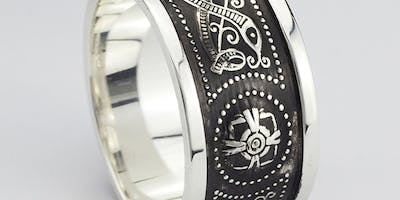

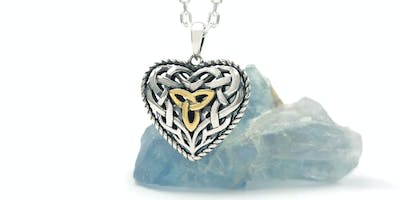
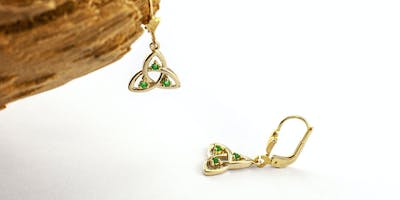

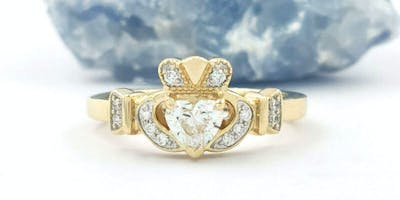
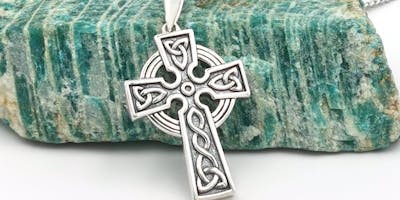

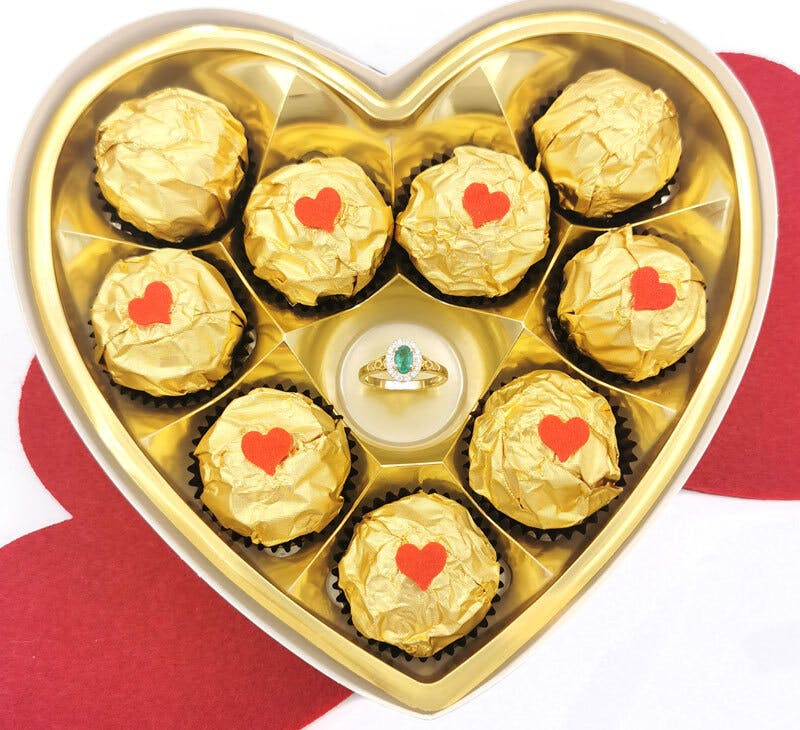

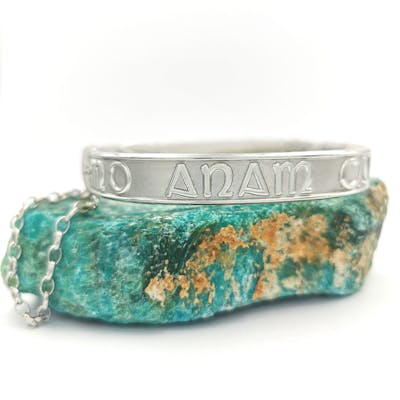


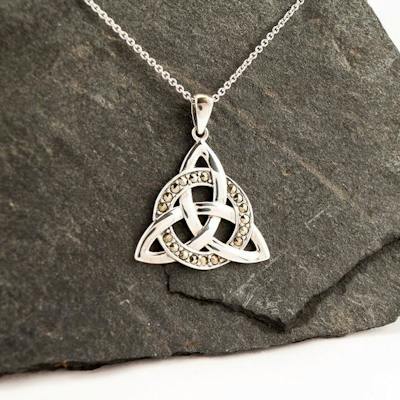
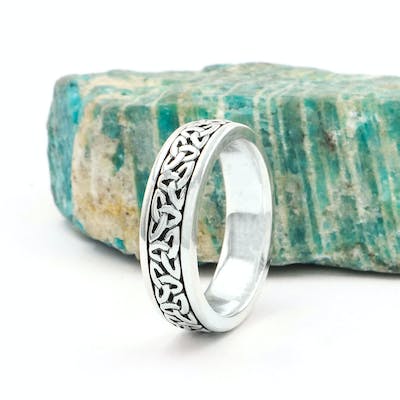
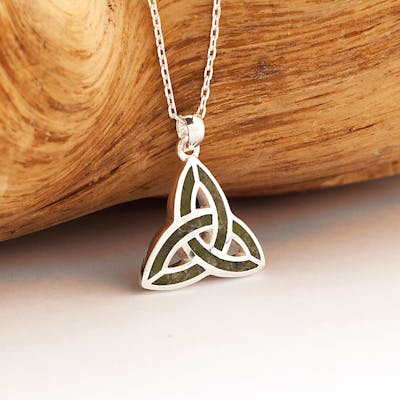
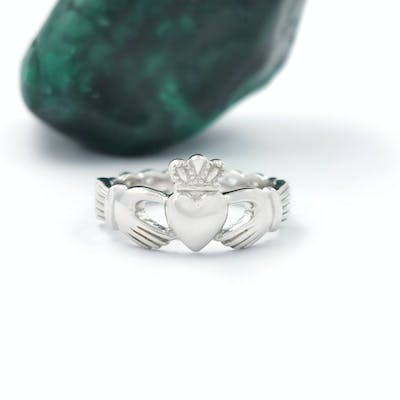

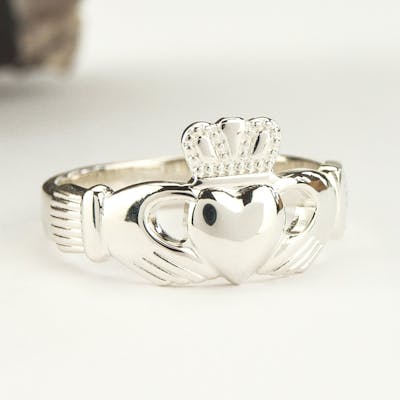
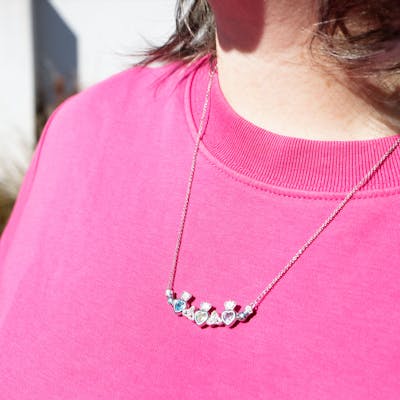


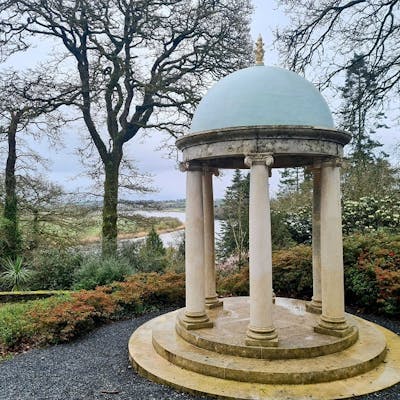

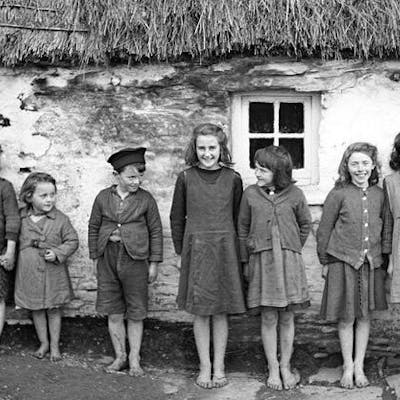
 Ask Gemma
Ask Gemma